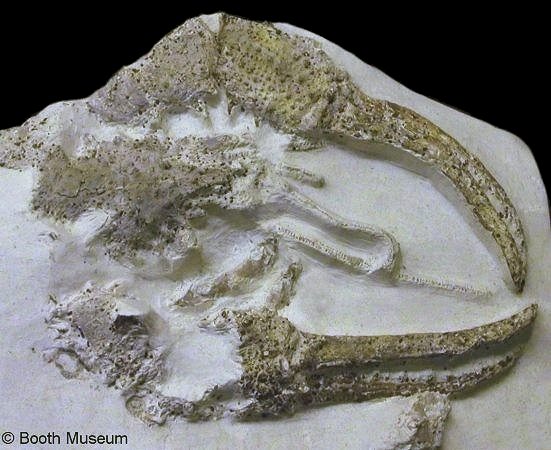
|
Enoploclytia leachii (Mantell, 1822) |
A distinctive chalk lobster, easily recognised by its elongate fingers and distinct rounded palm, constricted towards the base of the fingers. Occurs rarely from the Turonian to Campanian.

1). The frontmost portion of a well sized individual. Alongside the rostrum and chelipeds, are preserved the antennae, antennules, and several pereiopods (or possibly maxillipeds?) (x1.3). Willett Collection, Booth Museum, BMB 007764 by kind permission of John Cooper).

2). Cheliped displaying the characteristic elongate fingers (x1.5, from the Potter Collection, Booth Museum, BMB 016989, by kind permission of John Cooper).
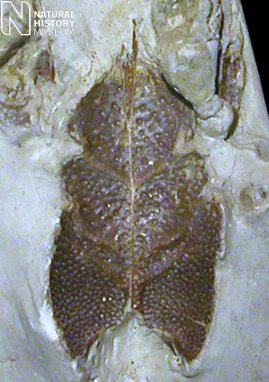 A
A |
 B
B |
3). (A) Internal view of a well preserved carapace (x1.6, White Chalk, Burham, Kent, BMNH (British Museum (Natural History) London) I.1977, image © 2008 The Natural History Museum, by kind permission); (B) A pair of chelipeds (x0.7, Potter Collection, Booth Museum; BMB 016989, by kind permission of John Cooper).

4). A spectacular complete specimen prepared from the underside of the animal, exposing the pereiopods. (x0.7, White Chalk, Brighton, from the Willett Collection, Booth Museum, BMB 007766, by kind permission of John Cooper).
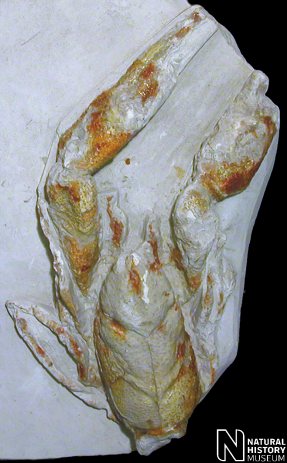 A
A |
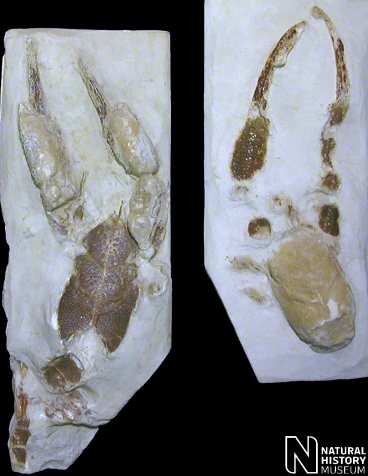 B
B |
5). Well preserved individuals; (A) Dorsal view of carapace and appendages (x0.7, White Chalk, BMNH (British Museum (Natural History) London)); (B) Part and counterpart of a well preserved individual with carapace, chelipeds and partial periopods and abdomen (x0.7, White Chalk, Burham, Kent, BMNH (British Museum (Natural History) London) I.1977), Images © 2008 The Natural History Museum, by kind permission.
 A A |
 B
B |
6). Indivduals with complete carapace, chelipeds and antennae; (A) x2, White Chalk, Brighton, Willett Collection, Booth Museum, BMB 007762, by kind permission of John Cooper; (B) x1.0, Sussex, BMNH (British Museum (Natural History) London) I.2190). Images © 2008 The Natural History Museum, by kind permission.
 A A |
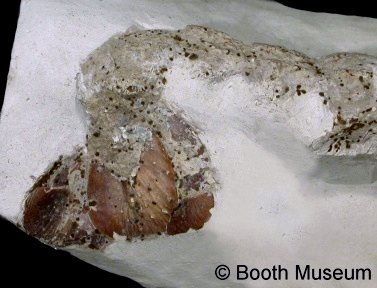 B
B |
7). (A) Cephalothorax with appendages (x0.7, Sussex, BMNH (British Museum (Natural History) London) I.2190, image © 2008 The Natural History Museum, by kind permission); (B) Abdomen with articulated telson and uropods (x1.5, White Chalk, Brighton, from the Willett Collection, Booth Museum, BMB 007766, by kind permission of John Cooper).
 |
8). Detail of the fingers (x2.5, from the Potter Collection, Booth Museum, BMB 016989, by kind permission of John Cooper).

9). Dorsal view of a well preserved individual (x0.8, White Chalk, Arundel, Sussex, BMNH (British Museum (Natural History) London) 34404). Image © 2008 The Natural History Museum, by kind permission.
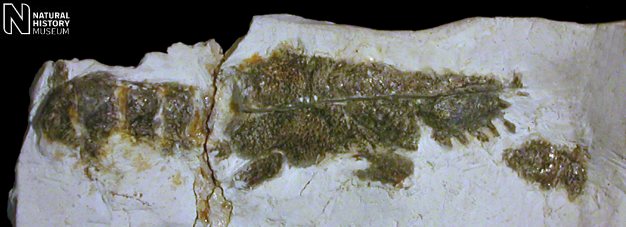 A
A |
|
|
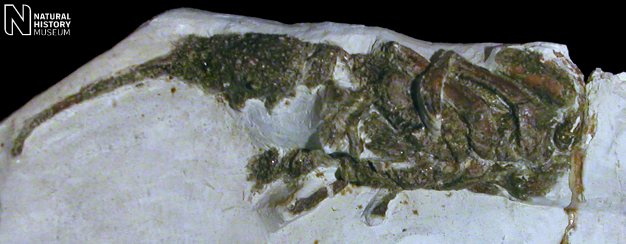 B B |
10). Very well preserved small individual; (A) Doral view with carapace and abdomen, note the lateral ornament of the anterior of the carapace; (B) Ventral (under) surface displaying the periopods (x1.5, BMNH (British Museum (Natural History) London) I.193). Images © 2008 The Natural History Museum, by kind permission.
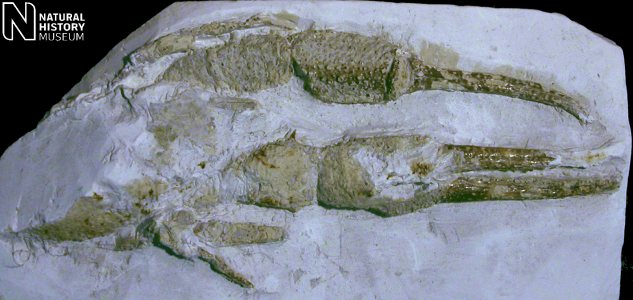
11). Anterior portion of a well preserved individual (x0.7, White Chalk, Charlton, Kent, BMNH (British Museum (Natural History) London) I.1980). Image © 2008 The Natural History Museum, by kind permission.

12). Carapace and chelipeds (x0.8, Lewes, Sussex, BMNH (British Museum (Natural History) London)). Image © 2008 The Natural History Museum, by kind permission.
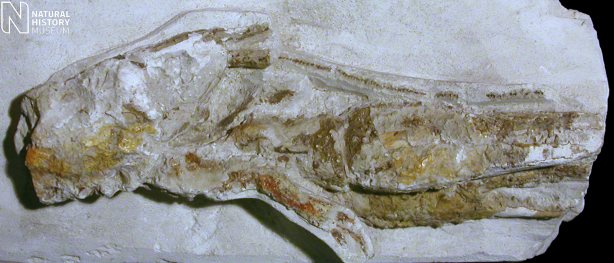
13). Right lateral view of the anterior portion of a very well preserved individual, note antennae (x1.3, Sussex, BMNH (British Museum (Natural History) London)). Image © 2008 The Natural History Museum, by kind permission.

14). Carapace and chelipeds (x1.1, Turonian, Davis's Shalford Pit, west bank of the River Wey, south of Guilford, Surrey, BMNH (British Museum (Natural History) London) 59825). Image © 2008 The Natural History Museum, by kind permission.

15). An incomplete set of dextral (right-hand) walking appendages (pereiopods), prepared by reversal technique (x1.9, Newhaven Chalk?, Thanet coast, Kent, Joe Shimmin Collection). Image © 2012 Joe Shimmin, by kind permission.